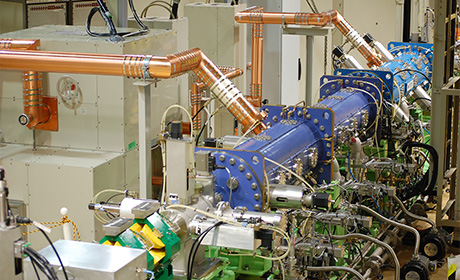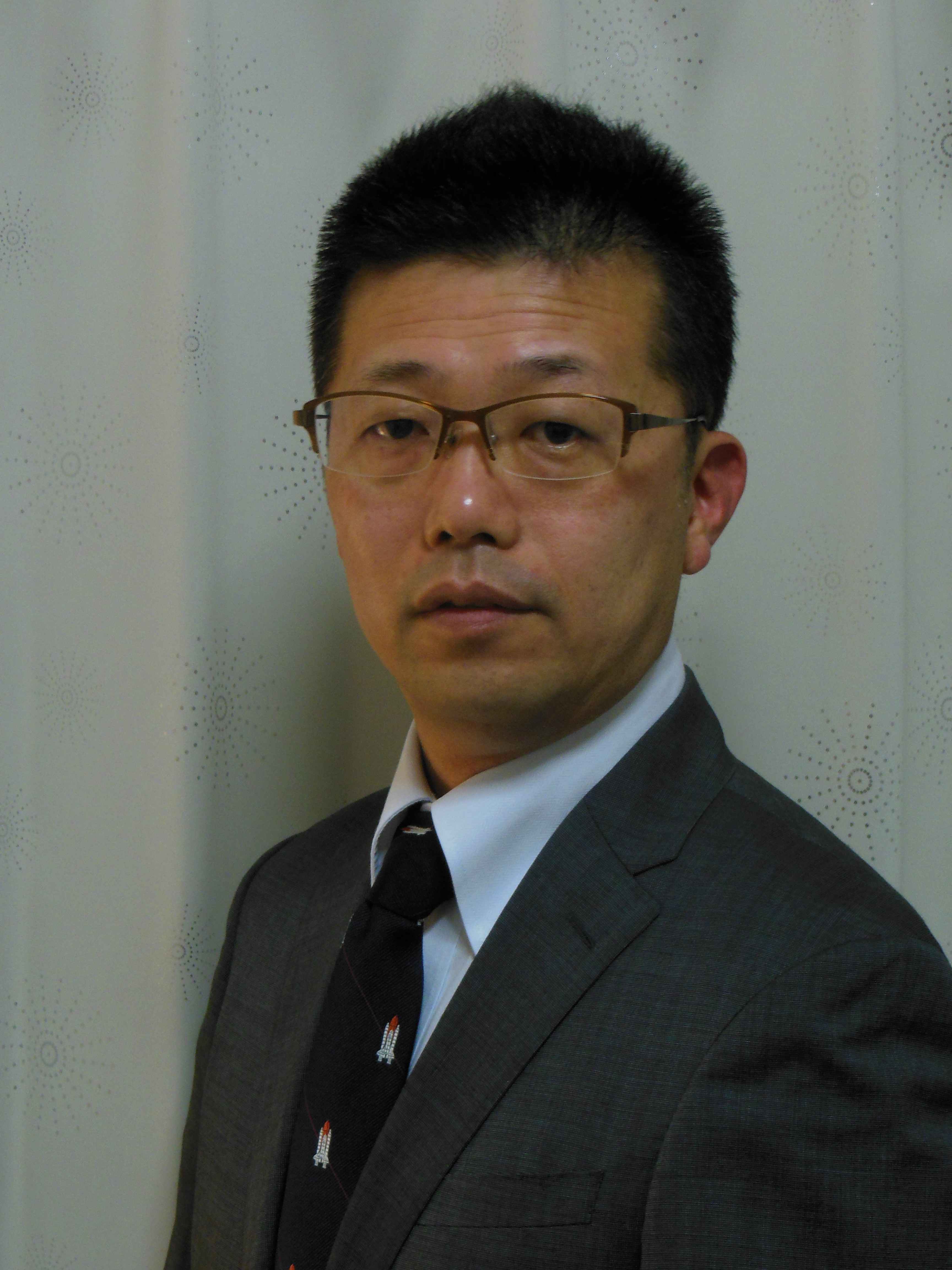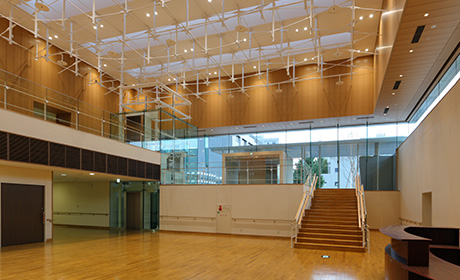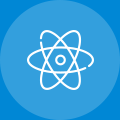Heavy-ion radiotherapy was developed using not only the highly advanced technologies of generating high-energy heavy-ion beams with accurately and precisely irradiating the beams, but also biological knowledge regarding the interactions between cells/tissues and ion beams including their mechanisms.
Heavy-ion radiotherapy was clinically developed in the 1990s in Japan with the aid of studies of various fields, e.g., physics, radiation biology, engineering, and medical science. It has since been developed to treat patients with not only cancers, but also noncancerous diseases.
The most important principles for the heavy-ion therapy are to keep the patient safe and provide a high quality of treatment. For this scenario, there are many research activities that accurately and precisely deliver the dose to targets, motion management, a new method of dose calculation in treatment planning, development of carbon-ion CT, and photon counting CT which enable the direct measurement of the electron density distribution of objects, and a Compton camera system which is a new modality for imaging diagnosis. We would like to add a project in the development of Carbon Knife Therapy, which can cure both cancerous and noncancerous diseases.
We have Master's and Leading Doctoral courses on Biomedical Sciences at the graduate school of Gunma University. The Master's course is accredited as a Medical Physics Education Course by the Japanese Board for Medical Physicist Qualifications. A second-grade Master's student can take an examination for the Medical Physicist qualification.
Japan is a leading country worldwide in heavy-ion radiotherapy. Six facilities of this radiotherapy are being operated and one is under construction in Japan. Our facility is the first one that belongs to a university in Japan, thereby ensuring well-maintained systems for education and research. Many students have graduated from Gunma University with a specialization in heavy-ion therapy and the related fields.
 Research
Research




 Research
Research
 Publication
Publication


